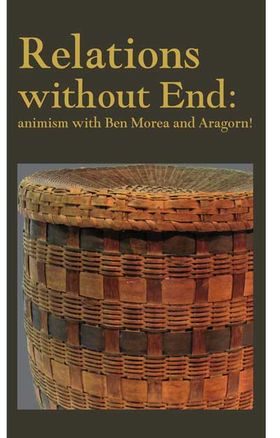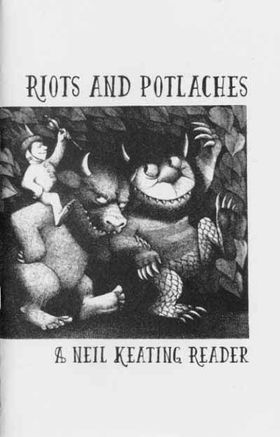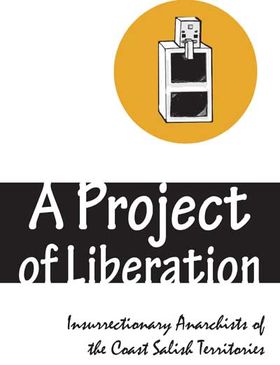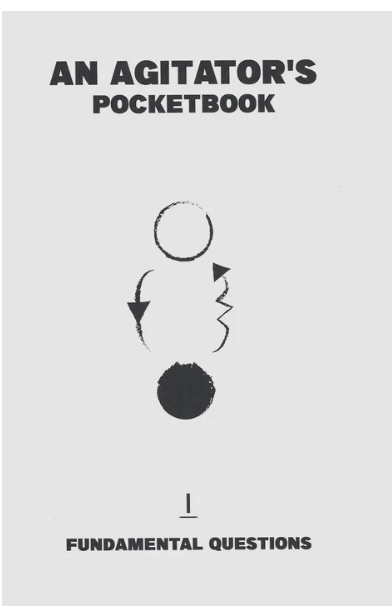Atamansha, The Life of Maria Nikiforova
£1.00
Biography of Ukrainian anarchist guerrilla who fought with the Revolutionary Insurrectionary Army of Ukraine.
Description
The Ukrainian anarchist Maria Nikiforova (1885–1919) has sometimes been compared to Joan of Arc. Like Joan she started from humble origins and, improbably, became a ferocious military commander who was captured and executed by her sworn enemies. And, like Joan, she was a fanatic who pursued her goals in a violent, ruthless fashion.
But there is no cult of Maria Nikiforova. There are no shelves of books devoted to her life in any language. Although she played a prominent role in the Russian Revolutions of 1917 and the subsequent Civil War, she was virtually expunged from Soviet histories of the period. A biographical dictionary of the Russian Revolution published in the Soviet Union which includes hundreds of names does not mention her, indeed mentions only a couple of dozen women. There are entries on the Bolshevik heroines Alexandra Kollontai, Larissa Reissner, and Inessa Armand but none of these women held independent military commands like Nikiforova.
There is no scholarly biography of Maria Nikiforova, no historiography of her life which only needs to be updated and possibly reinterpreted. Partly this is because she spent most of her life in the underground: she joined an anarchist terrorist group at age 16 and was really only “above ground” for two years (1917-1919). So there are very few documents to trace her activities and almost no photos. Recognition can be fatal for a terrorist and so it was for Nikiforova in the end. Such accounts of her life which exist are usually found in memoir literature or fiction. Most of these accounts are hostile to Nikiforova and tend to depict her as repulsive and evil.
Nikiforova was a Ukrainian and her activities in the Russian Revolution and Civil War took place mostly in Ukraine but she has been largely ignored by Ukrainian historians. She was anti-nationalist and, like the Ukrainian anarchist movement in general, she couldn’t be assimilated to a nationalist historical perspective.
Even writers sympathetic to anarchism have, as a rule, neglected her. Although she was closely associated with the famous peasant anarchist Nestor Makhno, books about Makhno scarcely mention her. And yet in 1918 Nikiforova was already famous as an anarchist atamansha (military leader) throughout Ukraine, while Makhno was still a rather obscure figure operating in a provincial backwater. She is absent from the works of Peter Arshinov, Volin, and Paul Avrich. Alexandre Skirda’s book on Makhno mentions her but only devotes one paragraph to her in a work of 400 pages. Exceptions to the rule are Makhno himself and his former adjutant Victor Belash. In his memoirs (which only cover 22 months of revolution and civil war) Makhno provides eye-witness accounts of a number of dramatic incidents in which Nikiforova played a leading role. Belash, whose work was rescued from the files of the Soviet secret police, also presents primary source material about her.
Since the collapse of the Soviet Union there has been tremendous interest in Russia and Ukraine in filling in the “white patches” in their history. Makhno and Nikiforova have benefited from this interest with many books on Makhno being published and a few essays on Nikiforova. The archives have yielded some solid information; for example, Nikiforova’s service record exists since she was once a member of the Red Army. Gradually a clearer picture of her life is coming to light and it is possible to establish a reasonably reliable narrative although many ambiguities remain.
The following sketch of Nikiforova’s life is based mainly on secondary sources published in Russian and Ukrainian in the last two decades.
Additional information
| Weight | 0.550000 kg |
|---|





